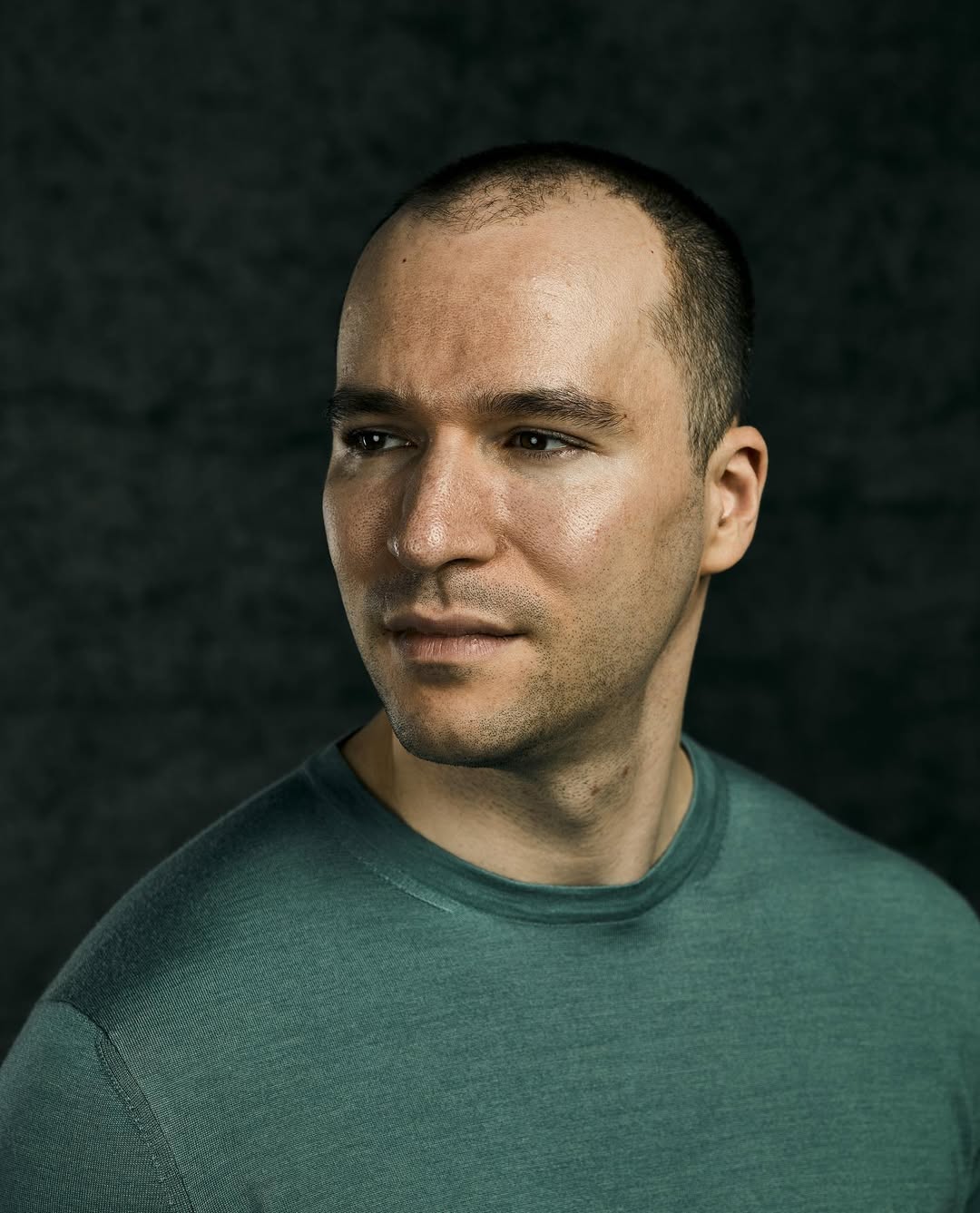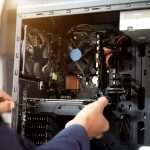Greg Brockman, co-founder of OpenAI, is leading the company’s expansion into large-scale AI infrastructure to support the next generation of generative AI systems. As demand for computing power intensifies, OpenAI is investing in advanced data centers, specialized chips, and multi-cloud partnerships. This article explores Brockman’s strategic role, the financial stakes of the AI compute race, and how infrastructure capacity is shaping the future of global AI leadership.
Greg Brockman: The Builder Behind OpenAI’s Billion-Dollar AI Infrastructure Race
For years, the public conversation around OpenAI has focused on breakthroughs such as ChatGPT, GPT-4, and the rise of real-time generative AI. But behind the sleek demos and viral user moments exists a far less visible force driving OpenAI’s progress: the massive, increasingly expensive computing infrastructure required to train and run these frontier models. At the center of that effort is Greg Brockman, OpenAI’s co-founder and President, who has quietly become one of the most strategically influential figures in global technology.
Brockman’s role goes beyond research leadership or product oversight. He is helping build the physical backbone that will determine who controls the next decade of artificial intelligence.
The Hidden Reality: AI Runs on Power, Hardware, and Scale
Training and running large-scale generative AI systems requires extraordinary computing resources. Each new model generation demands exponentially more processing power, data throughput, and cloud optimization than the one before it. The breakthrough capabilities that users see on their screens only exist because millions of GPU hours are operating behind the scenes.
Under Brockman’s leadership, OpenAI has shifted from operating primarily as a research lab to functioning as a global infrastructure organization. This includes designing and deploying high-density data centers, forming strategic cloud alliances, and exploring the potential development of custom AI chips. These efforts are reshaping the AI sector more aggressively than many realize.
“Compute is now the strategic bottleneck for the entire AI industry,” noted James Wang, AI analyst at ARK Invest, in a recent discussion on frontier model scaling. “Companies that control compute capacity will control the direction of AI.”
OpenAI is positioning itself to control not just AI models — but the means of producing them.
A Financial Race Measured in Billions, Not Ideas
The emerging AI infrastructure race is capital-intensive on a scale typically associated with national utilities or semiconductor fabrication. Industry analysts project that global spending on AI data centers and compute capacity could surpass $400 billion annually by 2030. OpenAI, once a non-profit research organization, is now operating in a financial arena dominated by sovereign wealth funds, energy companies, hyperscale cloud providers, and defense-aligned technology ecosystems.
This shift has raised critical economic and strategic questions:
Is OpenAI still a research organization, or is it now a global infrastructure enterprise?
And more urgently:
Who can afford to build the future of intelligence?
Brockman’s strategy recognizes that the companies who secure and scale compute capacity will own the most powerful models — and the most valuable digital economies — of the next decade.
As Microsoft CEO Satya Nadella said when discussing the companies’ deepening partnership:
“We are building the world's most advanced AI supercomputing infrastructure together.”
The partnership is as much about access to power and silicon as it is about code.
Greg Brockman’s Journey: From Stripe Scale to AI Scale
Before OpenAI, Brockman was the Chief Technology Officer at Stripe, where he helped scale the company from a payments startup to a global financial infrastructure leader. That experience shaped a belief that infrastructure is not a support function — it is the strategy.
At OpenAI, that belief has evolved into a guiding operational philosophy. Brockman is deeply hands-on, participating directly in engineering discussions and architecture decisions. His leadership is defined not by public positioning but by building systems that work at planetary scale.
The connective thread across his career is clear:
To change an industry, first build the system that powers it.
Regulatory, Legal, and Global Stakes
As OpenAI accelerates infrastructure investment, it faces complex challenges across regulation, energy availability, and international technology competition. Data center environmental compliance, cross-border AI safety oversight, and antitrust scrutiny are now part of the daily operating environment for frontier labs.
According to analysis reviewed by CEO Today, the next phase of AI governance will not simply regulate outputs or model behavior. It will focus on who controls the compute capable of producing advanced intelligence in the first place.
In that environment, Brockman’s role is not just technical — it is geopolitical.
What Comes Next
OpenAI is no longer competing only in research labs. It is competing in global energy markets, semiconductor supply chains, and national digital policy frameworks. Brockman’s leadership places the company at the center of a transformation that will shape:
-
How intelligence is built
-
Who controls it
-
And who benefits from it
The story of OpenAI’s future is increasingly the story of compute power, infrastructure scale, and the people building the engines behind the intelligence revolution.
Greg Brockman is one of the architects defining that future.














